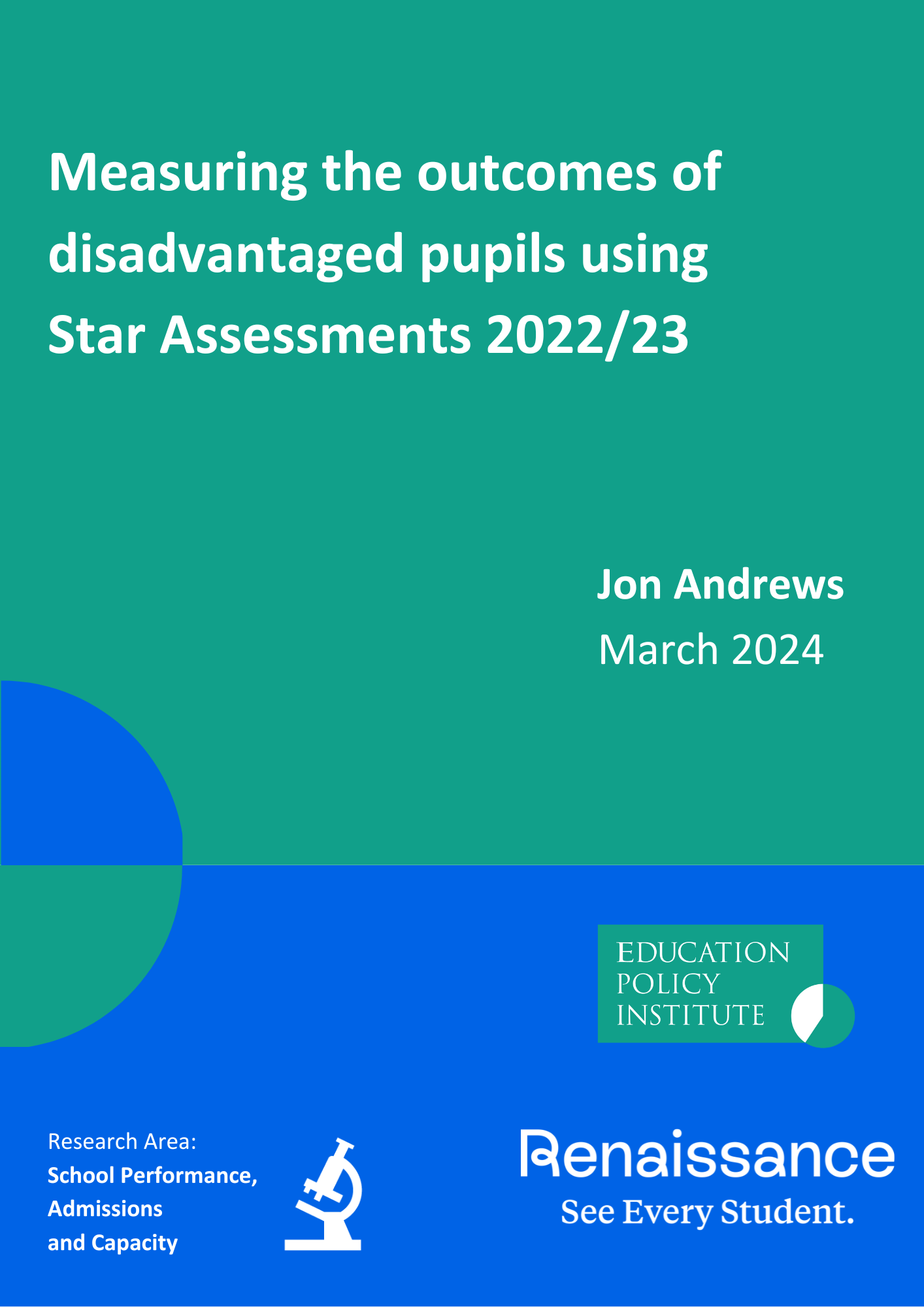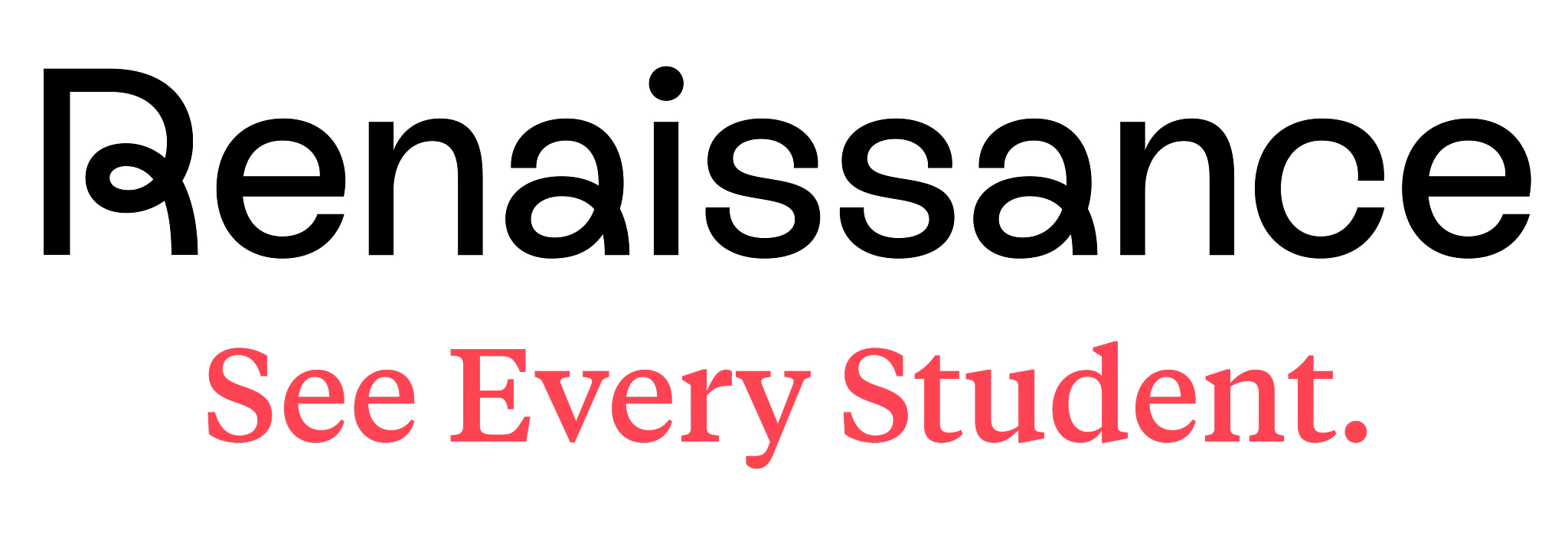This new report produced by EPI and Renaissance includes analysis based on outcomes for pupils in years 3 to 9, drawn from over six million assessments in Renaissance’s Star Reading and Star Maths from 2017/18 to 2022/23.
Building on previous analysis from EPI and Renaissance showing outcomes before, during, and after the Covid-19 pandemic, this new report finds that:
- Results in secondary maths are lower than they were before the pandemic (equivalent to lost learning of over four months), but the disadvantage gap appears to have narrowed (from 17.7 to 15.9 months).
- Results in primary maths are lower than they were before the pandemic (equivalent to lost learning of two months), and the disadvantage gap has widened (from 6.9 to 8.7 months).
- Results in secondary reading are slightly lower than before the pandemic (equivalent to lost learning of 0.4 months), and the disadvantage gap has widened (from 18.8 to 21.2 months).
- Results in primary reading are slightly higher than before the pandemic (equivalent to an additional half a month of learning), but the disadvantage gap has widened (from 10.8 to 12.7 months).
- The proportion of primary-aged pupils classified as persistently disadvantaged increased from 8.9 per cent before the pandemic, to 13.3 per cent in 2022/23. The proportion of secondary- aged pupils classified as persistently disadvantaged increased from 9.1 per cent before the pandemic to 10.6 per cent in 2022/23.
- In primary reading, the attainment gap between non-disadvantaged pupils and persistently disadvantaged pupils was nearly double that between non-disadvantaged pupils and low persistence disadvantage (14.6 months for persistently disadvantaged pupils compared with 8.4 months, for low persistence disadvantaged pupils).
- In primary mathematics, the disadvantage gap for persistently disadvantaged pupils was again nearly double that for low persistence disadvantage (10.1 months for persistently disadvantaged pupils compared with 5.3 months, for low persistence disadvantaged pupils).
You read the report here.

About Renaissance
As a leader in education technology, Renaissance is committed to providing schools and school groups with insights and resources to accelerate learning and help all students build a strong foundation for success. Our assessments (which now include GL Assessment) offer the ideal starting point to help schools understand their students’ strengths, pinpoint areas of need, and put targeted measures in place. Our teaching and learning programmes then provide effective next steps to drive better student outcomes. Find out more about Renaissance here.


